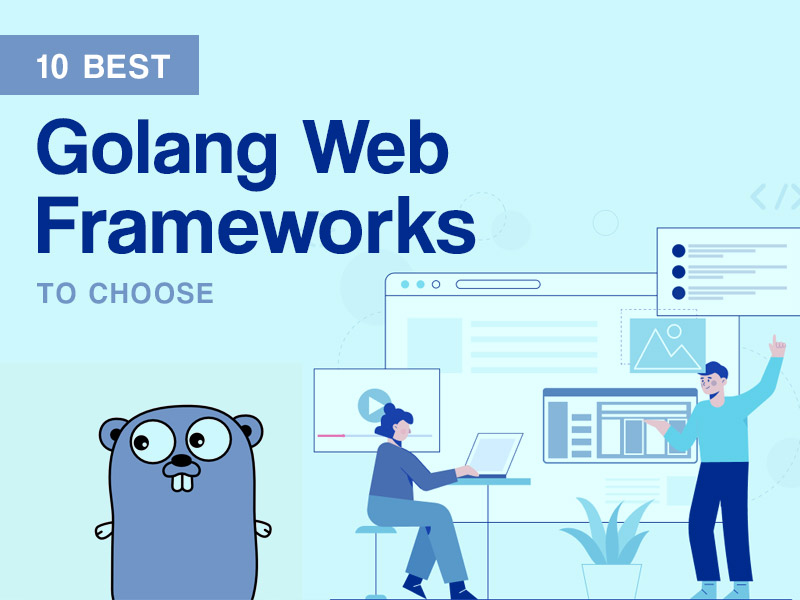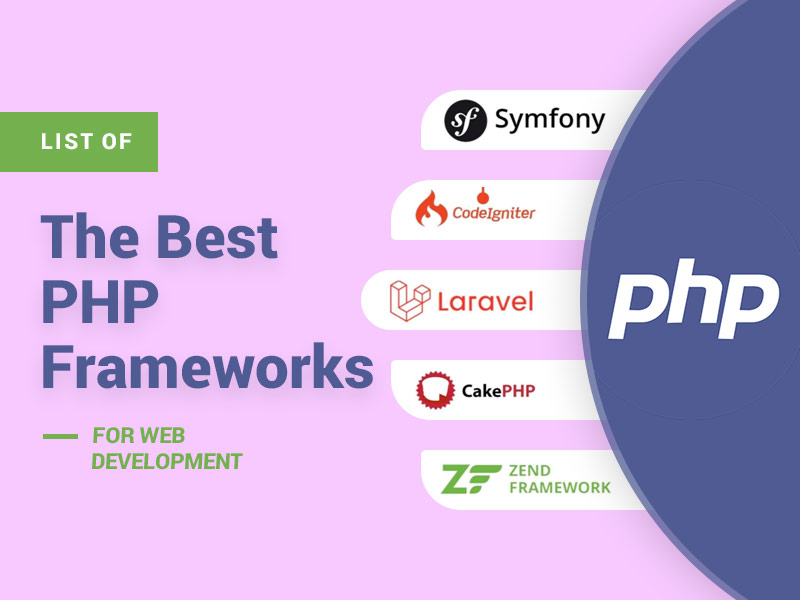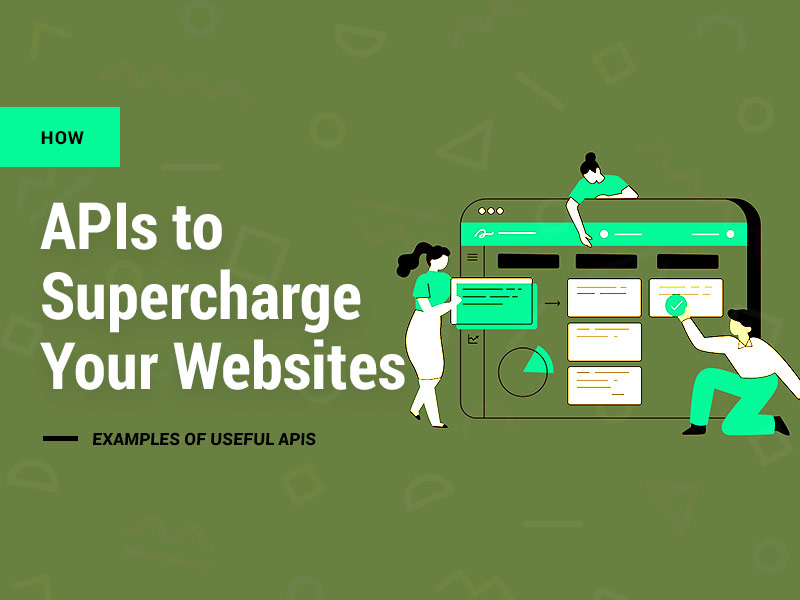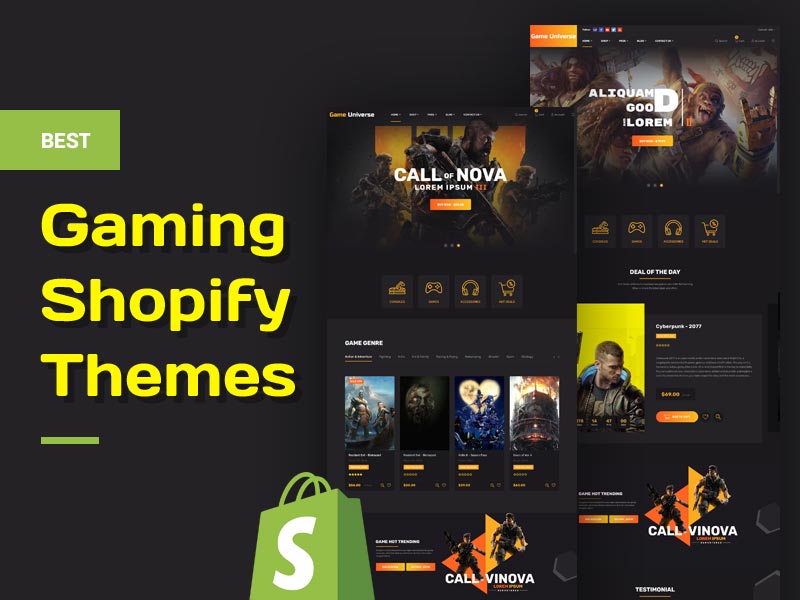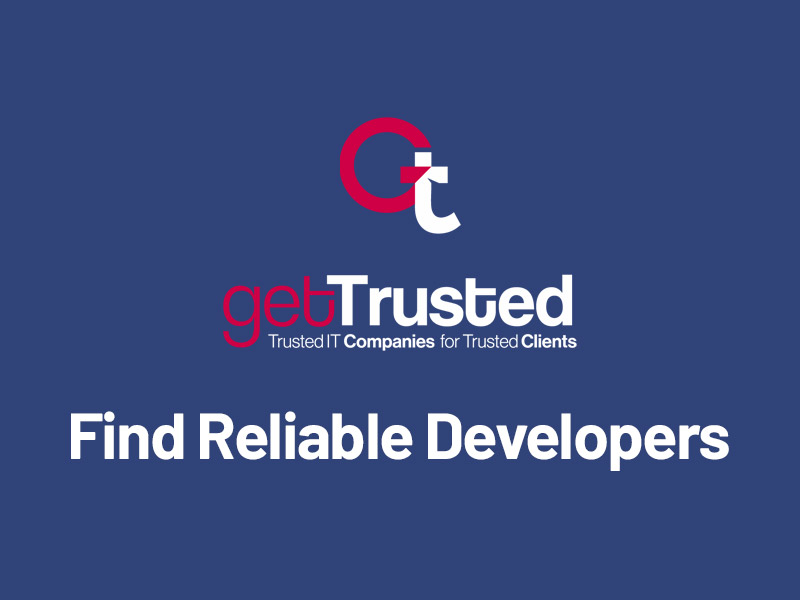Golang is an open-source compiled programming language for creating simple and secure software. It was created by Google in 2009 and has been widely embraced by developers worldwide due to its exclusive features such as memory safety, structural typing, garbage collection, and resemblance to the C programming language.
Web frameworks written in Golang are used to quickly create application programming interfaces (APIs) and web services. Frameworks are not required while developing tiny applications, but they are necessary when developing production-level software. Even if you know the features and have the skills, writing a debugging production-level program takes too long. To make the most out of the Golang framework, it might be useful to turn to services such as ExpertRemote that help organizations hire professional Golang developers for all sorts of projects from building cloud-based apps to media platform creation.
Frameworks provide additional functionality and services that can be utilized by developers who want to add comparable functionality to their applications without writing the entire program from scratch. Golang is compatible with a wide range of applications but notably designed for concurrency.
Why should you choose Golang?
Golang offers multiple advantages over other programming languages. Let’s take a look at a few of them.
- Comprehensible – It is simple to learn for the developer if he/she knows C or Java.
- More reliable and concurrent – It contains Goroutines, which take up only 2KB of memory and allow Go-based apps to function smoothly on older devices.
- Accessible development tool – The development process can be aided by tools such as plugins, editors, and IDEs.
- Pace – Other languages, such as Python and Java, are slower than Golang. However, its advanced capability enables the processor to comprehend the code quickly. As a result, it increases the speed of execution and speeds up the completion of the project as a whole.
Let us check out a list of the best Golang web frameworks that you can use for your project.
Gin Gonic
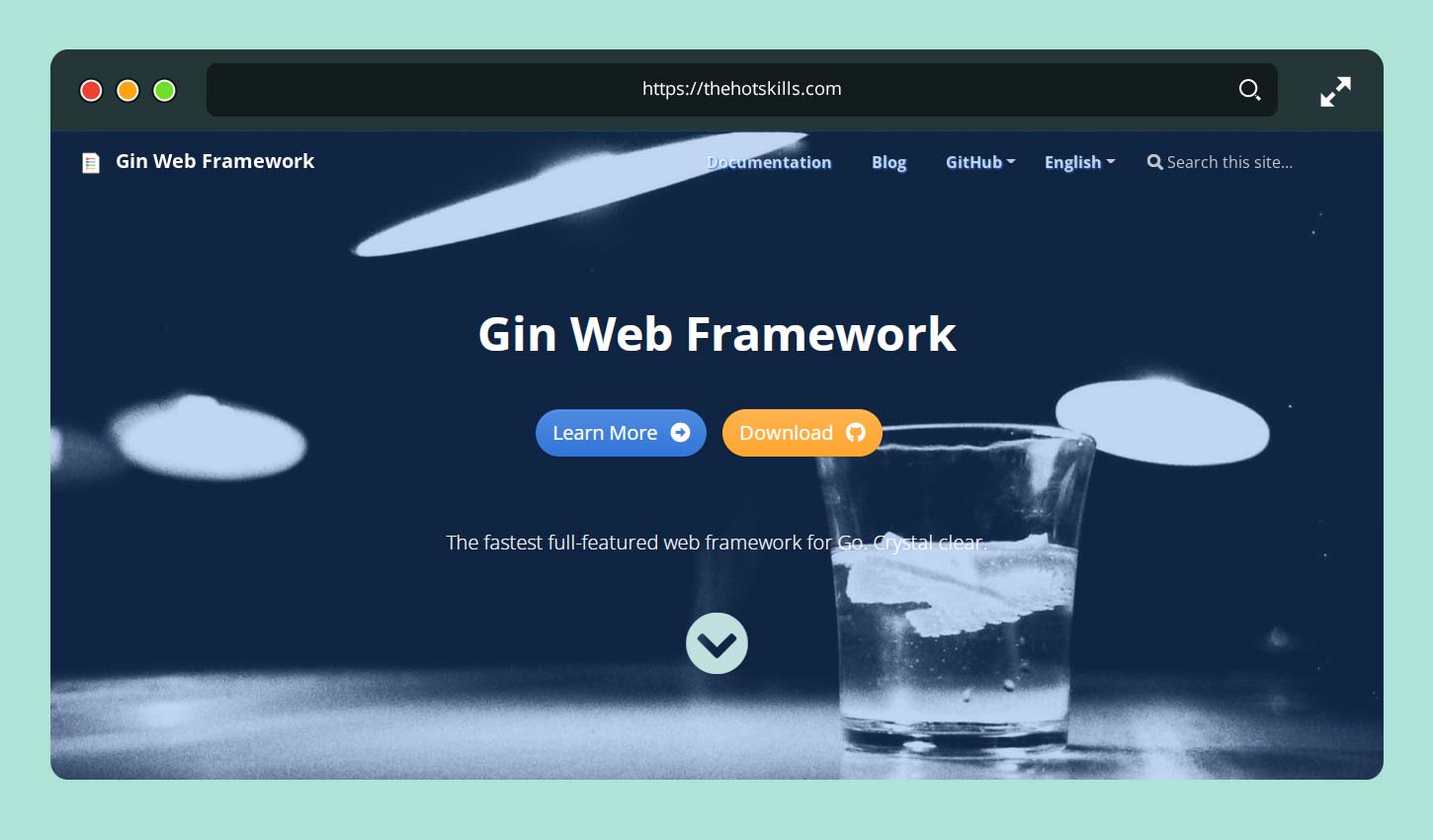
If you’re a newbie to Golang, this is the best choice. According to Github assessments, this framework is an excellent and simple framework that is 40 percent faster than other frameworks.
Gin allows a developer to easily and quickly create web apps since it uses the fastest HTTP router for the Golang language. In addition, it makes debugging and other concerns much easier to handle.
Even if you use other tools alongside Gin Gonic, its functioning remains unaffected. Gin is an accurate framework with a library and capabilities that make developing any project much more effortless.
Goji
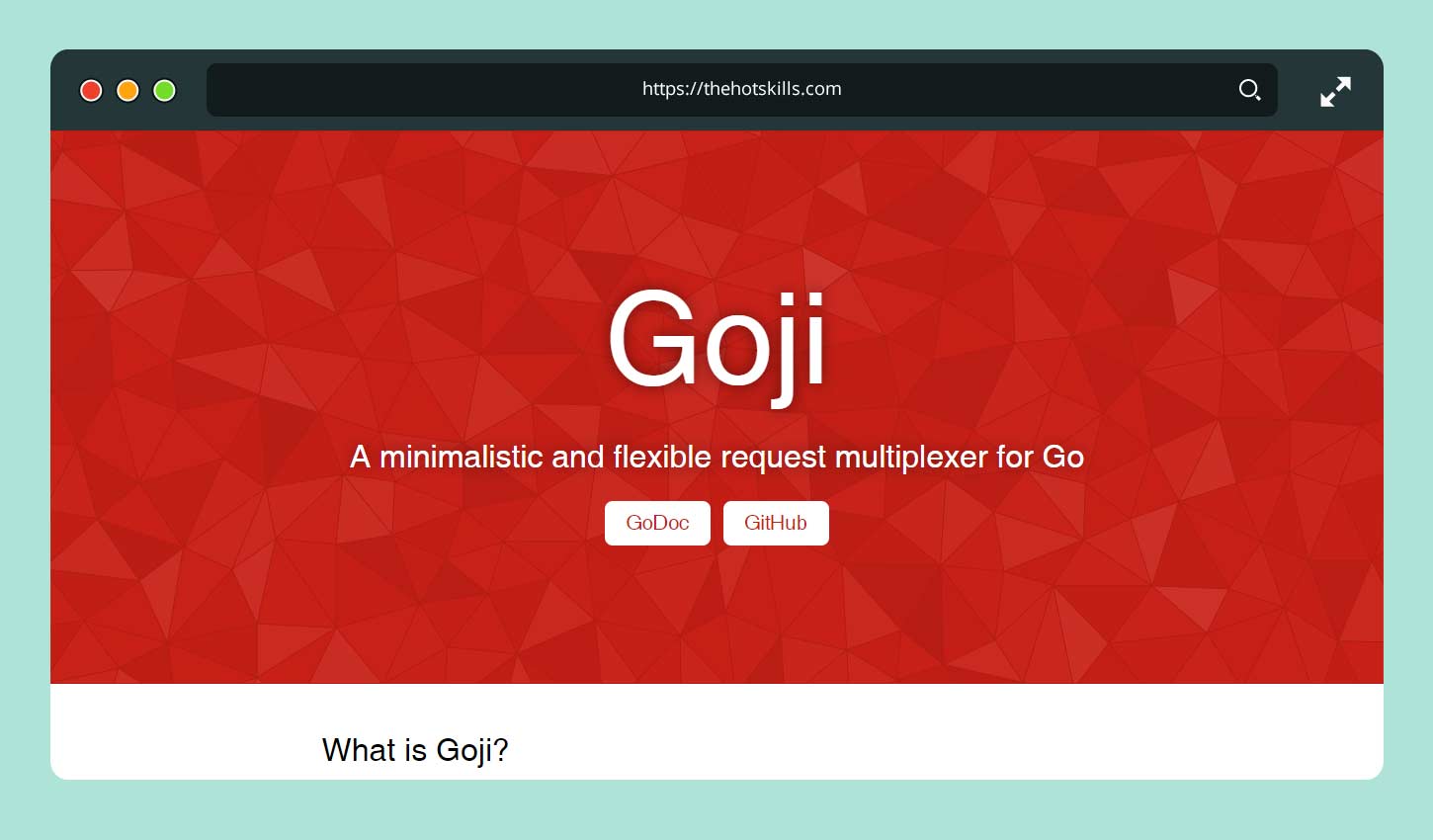
It is the lightest and fastest framework for web application development. Goji offers a simple HTTP request, similar to net/HTTP ServeMux. Companies working on online projects select Goji to fulfill their framework needs.
Goji works with lean APS and supports web sockets. Even though it has a classic outlook, its features such as seamless shutdown capabilities, URL pattern, and providing a changeable middleware stack are the critical reasons for applause.
Martini
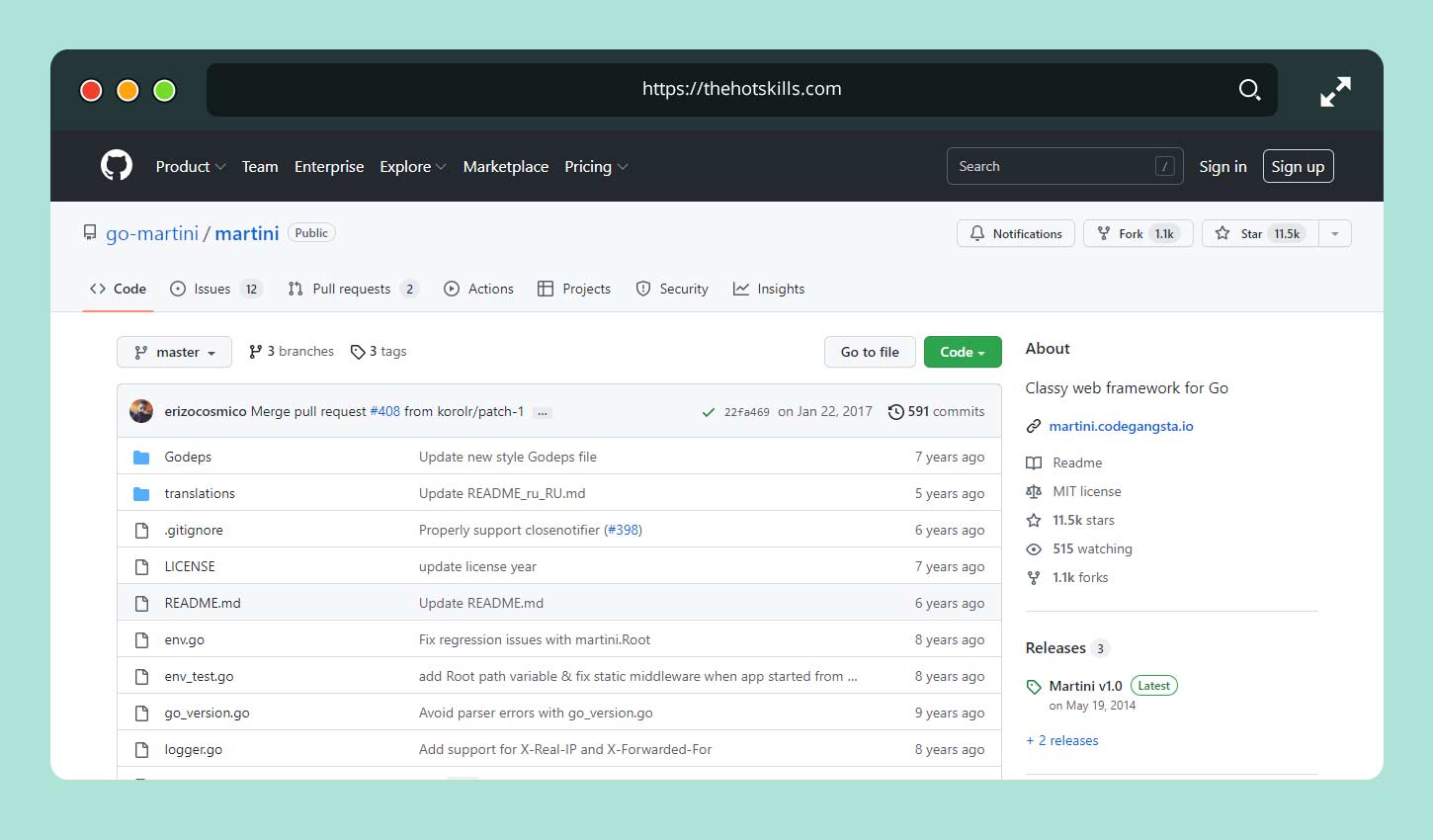
Sinatra activates this framework, which handles things like exception handling, routing, and so on. Martini is a simple web framework that works well with third-party extensions. Martini does not need to be installed because it enables easy integration with third-party plugins.
It’s a versatile framework that makes things simpler to handle the system’s functions and loads. It also enables dynamically inserting datasets into handlers, which is a unique feature of this framework. However, because of features such as Basic Routing, Exception Handling, and Serving Documents, this is on the menu of developers.
Buffalo
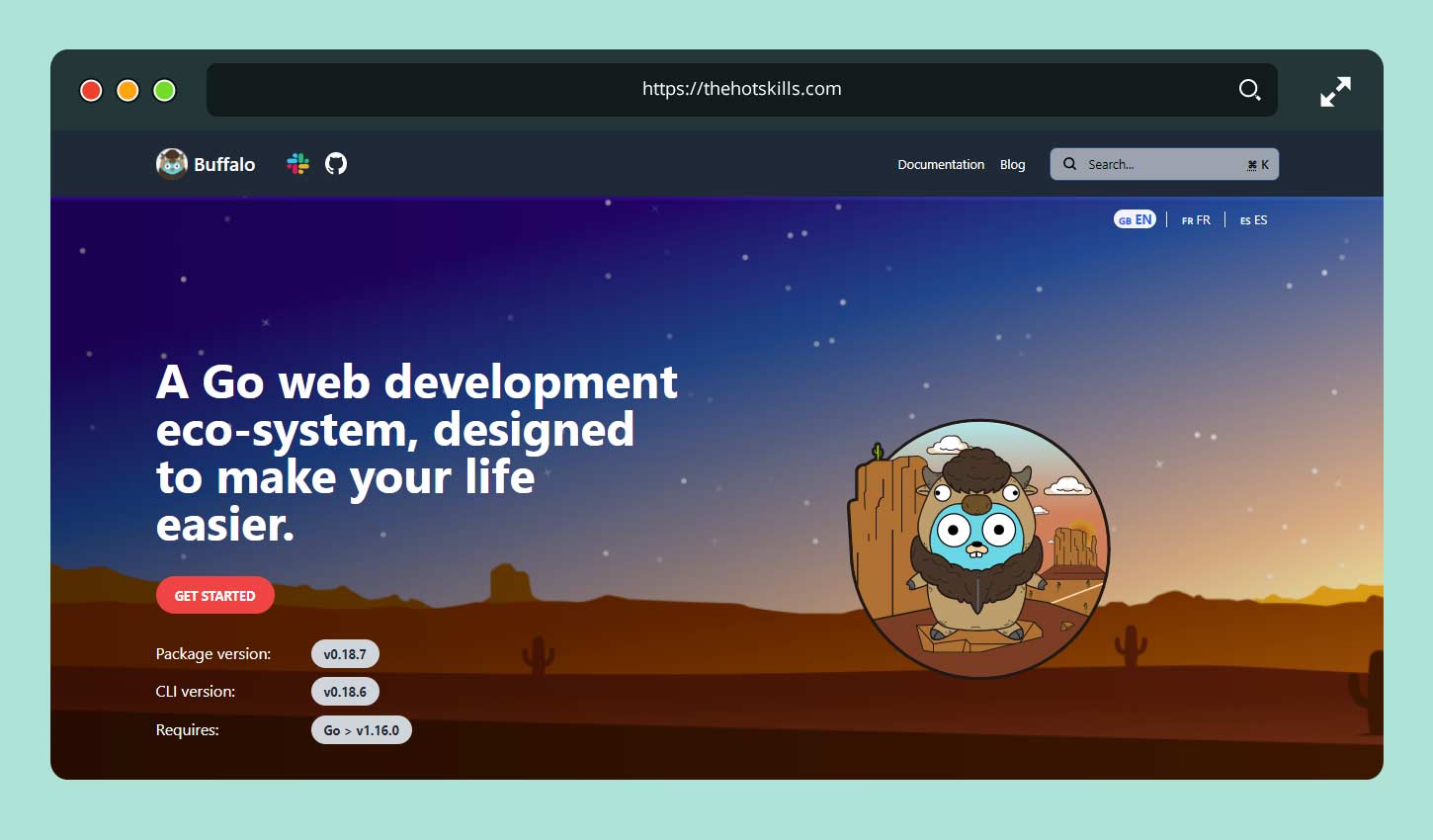
Buffalo is a fantastic choice for developers who need to develop a powerful Golang web application in a short period of time using outstanding Golang frameworks. It’s also known as the one-stop solution for web application development solutions. It provides rapid and easy web development by guiding developers through the backend and frontend development process from start to finish.
Beego
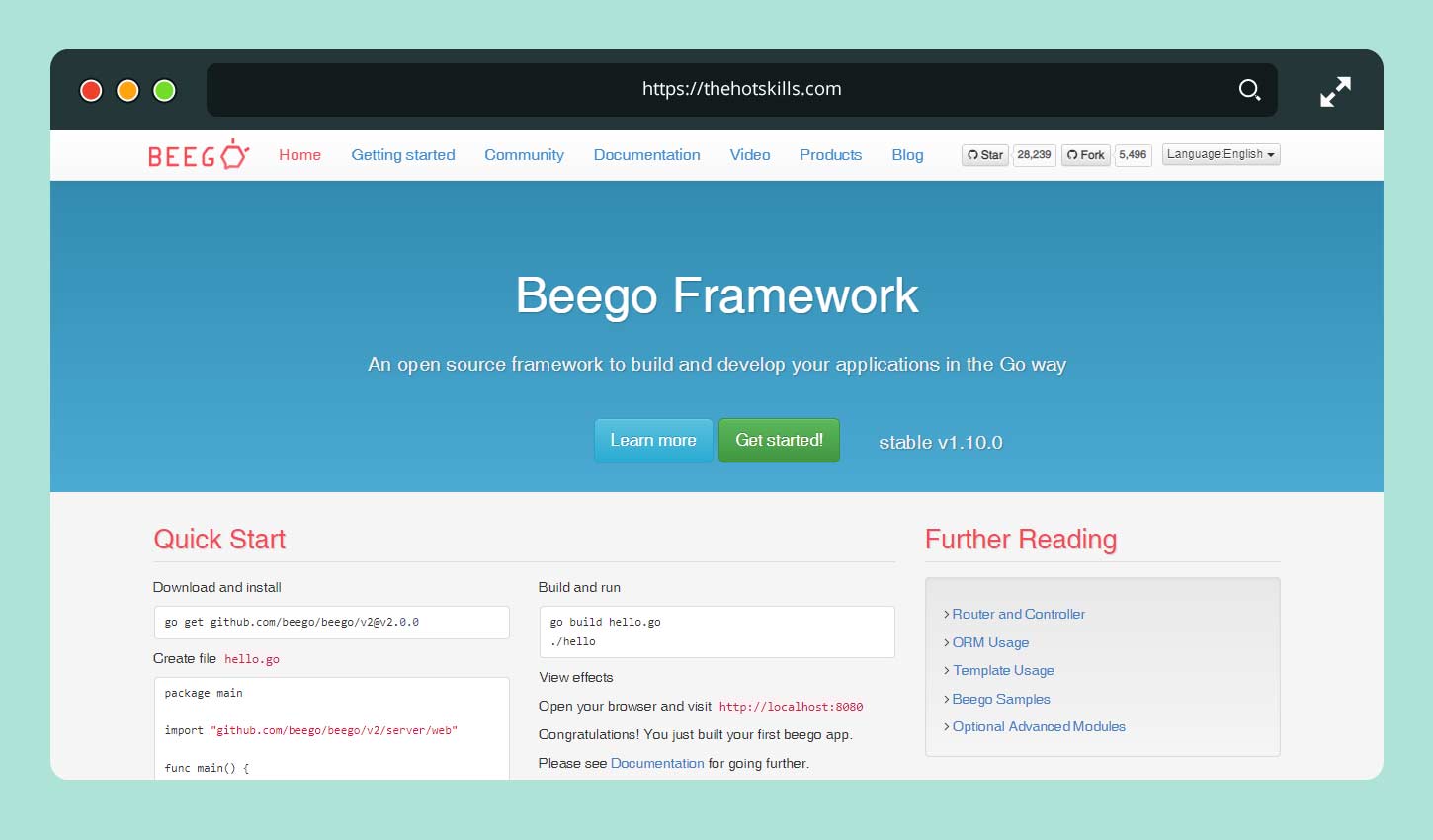
In Golang, the beego framework quickly constructs REST APIs, web apps, and backend services. It’s commonly compared to Python’s Django web framework, and it includes Golang-specific features like interfaces and struct embedding. It does not necessitate the installation of any third-party software.
It’s a full-featured Model-View-Controller (MVC) framework with its libraries and the Bee Tool for locating code changes. It also includes a cache handler as well as libraries for working with HTTP elements. Another excellent quality is that it works well with command-line tools, much like Django does.
Kit Framework
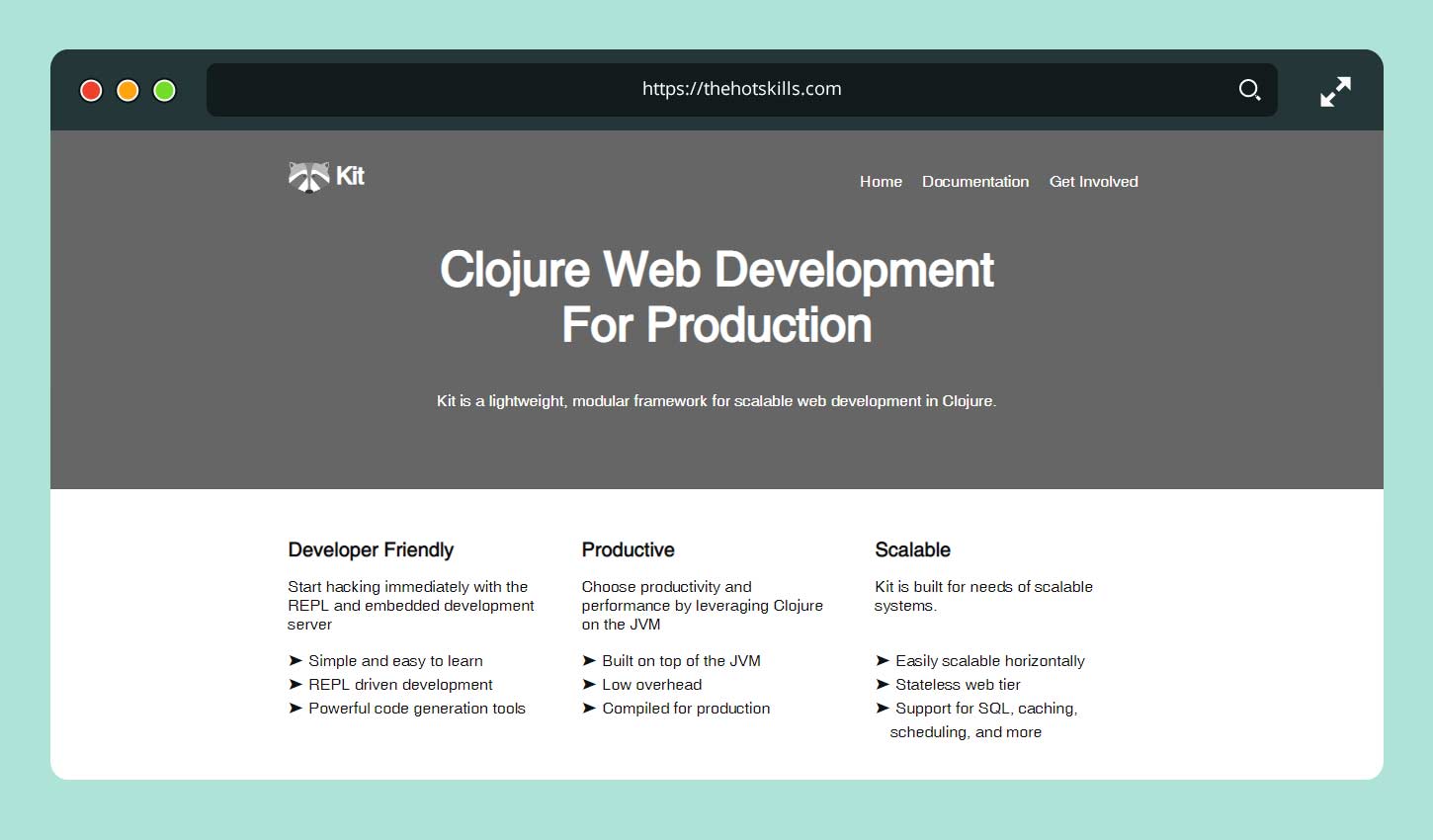
The kit framework is a Golang programming toolkit for creating scalable, dependable, and maintainable microservices. It is a set of packages and best practices that provide a complete, resilient, and reliable solution for businesses of any size to construct microservices. By incorporating real-time log streaming to monitor and troubleshoot microservices, developers can ensure enhanced visibility into system performance and quickly address issues. Although Go is an excellent general-purpose language, microservices necessitate some specialized support.
So, the kit architecture ensures the security, observability, and infrastructure integration of Remote Procedure Calls (RPCs). It’s made up of several interconnected packages that work together to establish an opinionated framework for building big Service-Oriented Architectures (SOAs), making Golang a first-class language for designing microservices in any business.
It was created with interoperability in mind, and developers are free to use any databases, components, platform, and architecture they like.
Gorilla
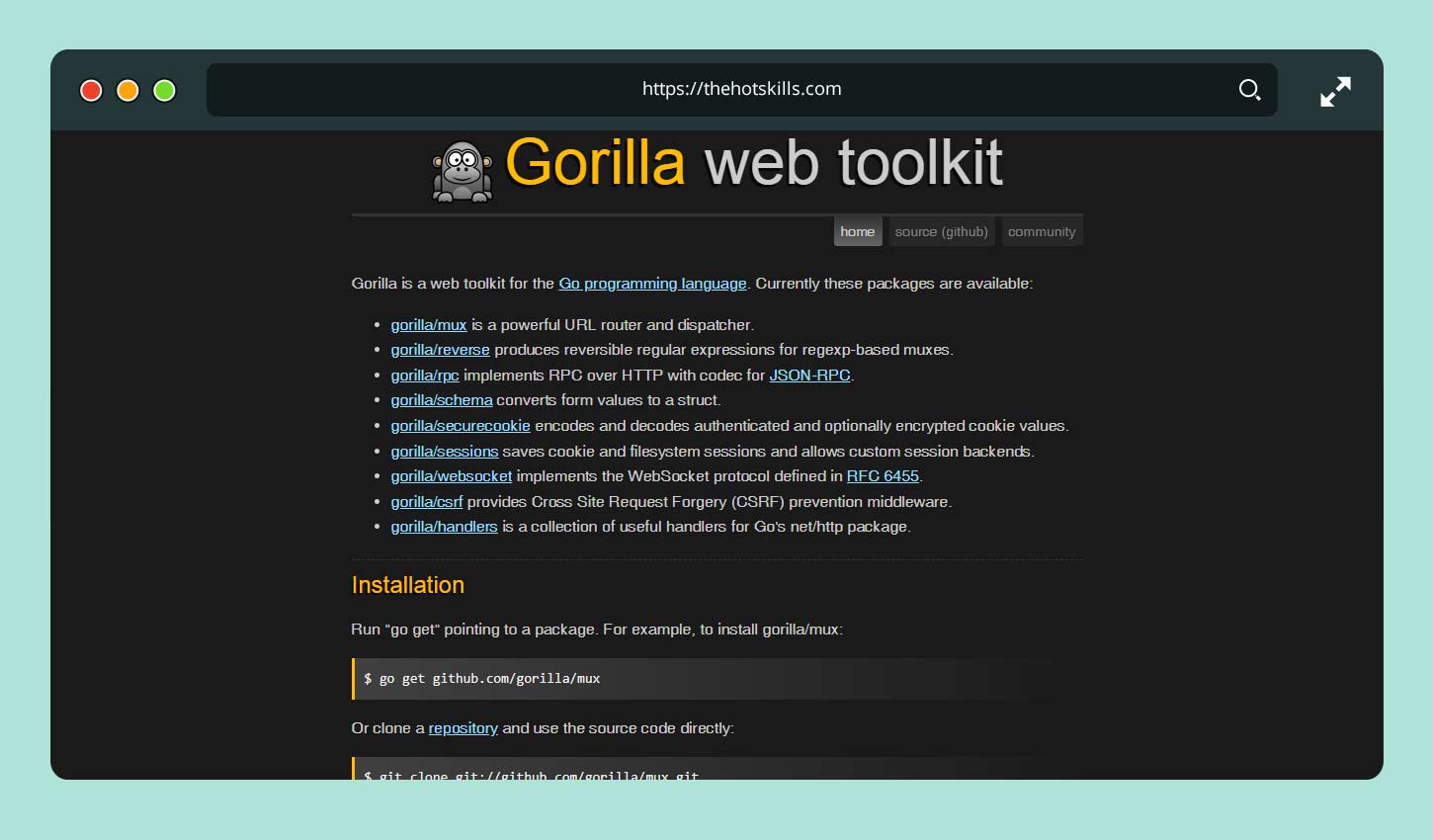
One of the best Google Golang frameworks is Gorilla. This framework is used to create reusable components for the HTTP library. It’s a scalable and modularity-oriented framework with a simple design.
The Gorilla framework includes drop packages, extensions, and several new, highly efficient modules in web app development. In comparison to other frameworks, this framework has a significant community due to its unique characteristics.
Web.go
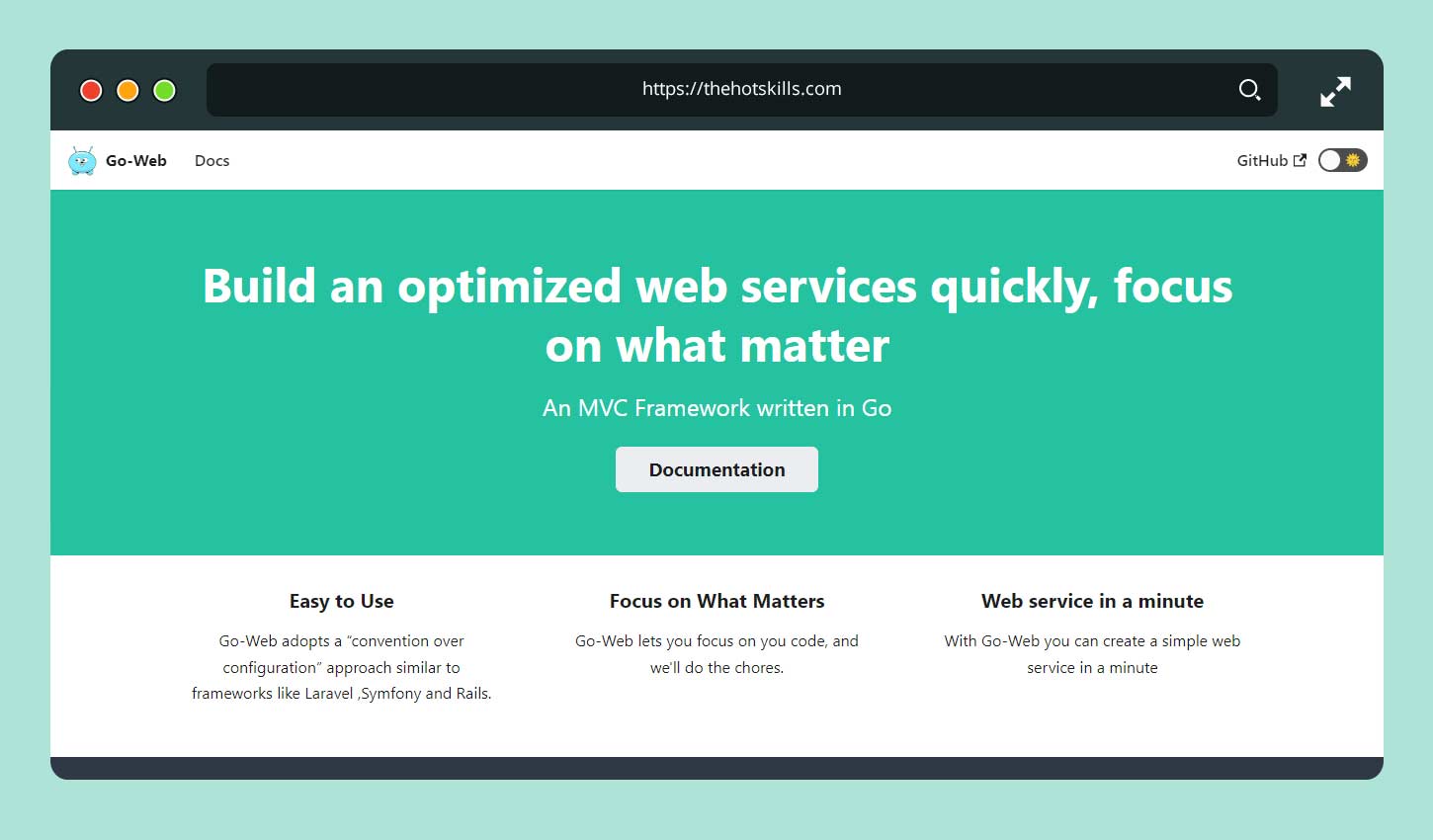
The Web.go framework is a compact Golang framework. It is the most user-friendly web framework among the Golang frameworks. However, this does not imply that this framework is devoid of features and capability.
Web.go has a tree-based routing system, which makes it an excellent framework for projects that require a lot of routing. It is a simple framework that is well-known for its straightforward operation and Bolsters tree routing. It also enables developers to route relationships based on their use or purpose.
Revel
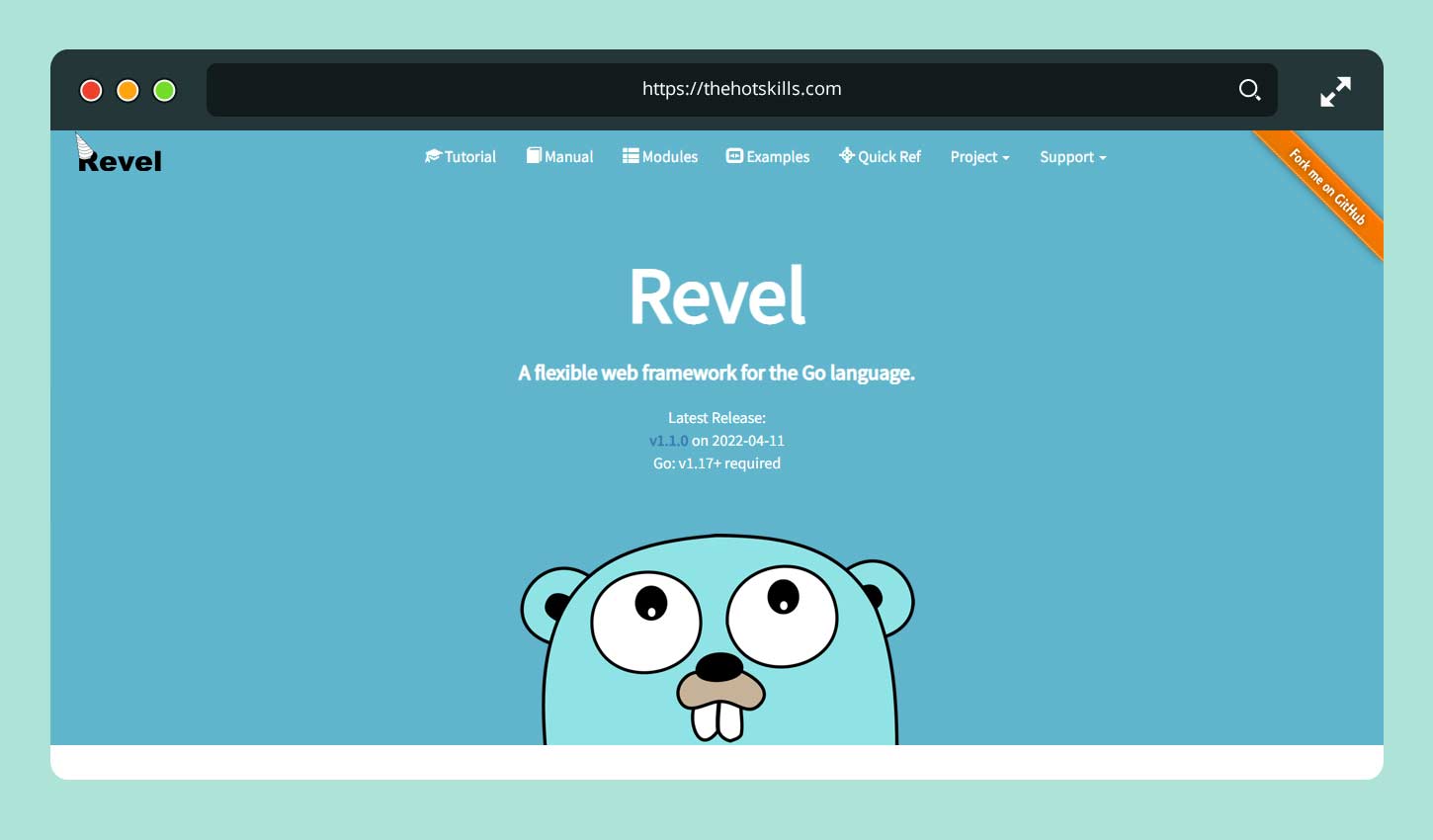
When it comes to a full-featured Golang framework, Revel comes on top. Revel is a self-contained framework that does not require any further setup and is the only framework that does not rely on third-party plugins to complete complex tasks.
It’s the best way to create APIs with complex functionalities. In addition, Revel is a popular framework among developers since it makes the development process incredibly smooth. So, if you want a self-contained framework, Revel is the way to go.
Mango
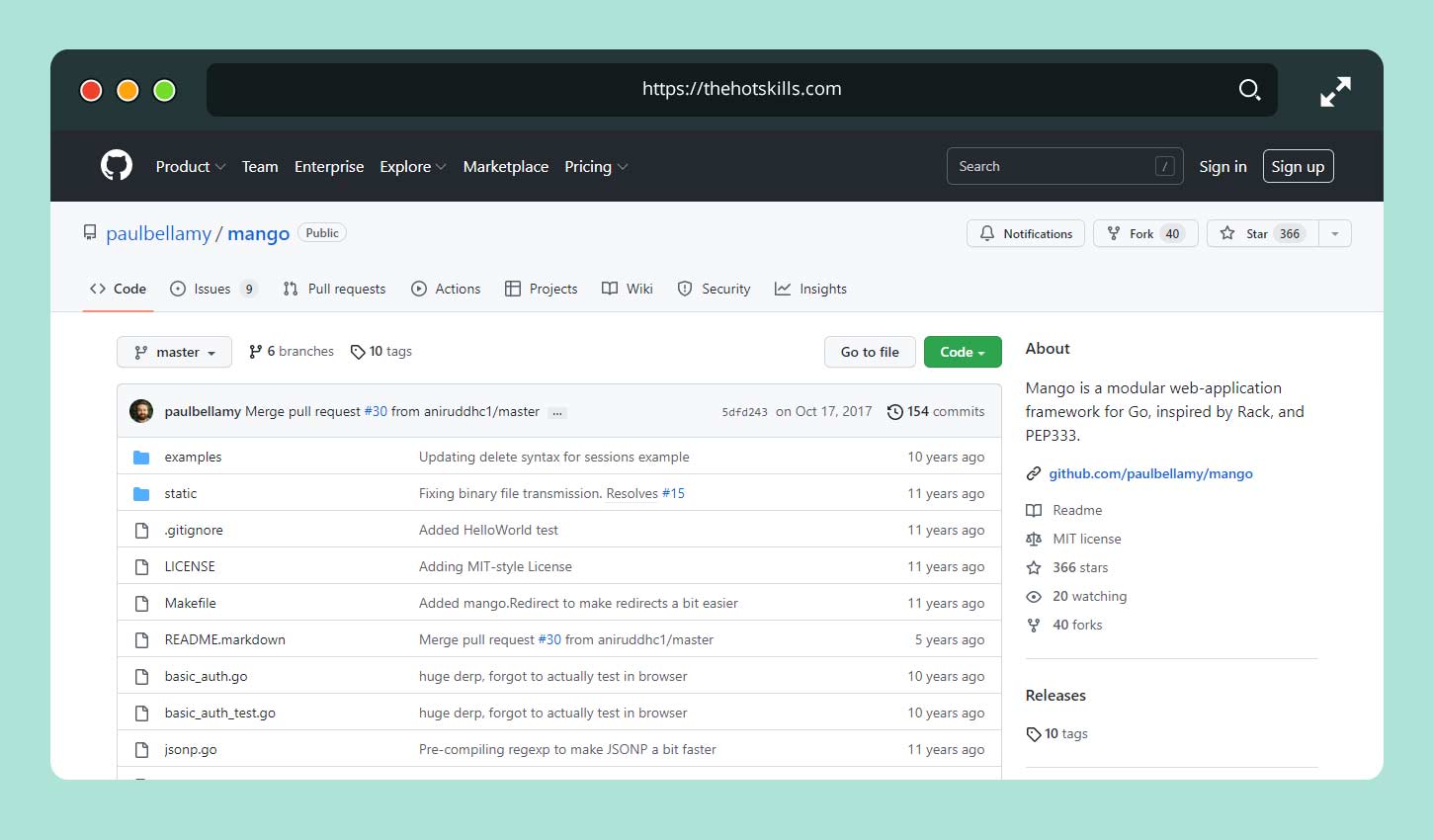
Mango is a web application framework that is also lightweight. Although this framework does not have a significant community, its modularity makes it attractive among developers.
This framework is frequently used when a reusable module of HTTP functionality is required. It’s important to note that this framework includes numerous libraries that aid developers in adding features to web development projects.
Conclusion
The web development market is constantly evolving, and there are a variety of languages that can meet your programming needs. One of them is Golang, which has a huge development community. Thus, proper knowledge of this language as well as its frameworks is essential.
Hope this write-up helps you to understand the top Golang web frameworks for the year. Explore them and pick the best as per your project’s requirements!
